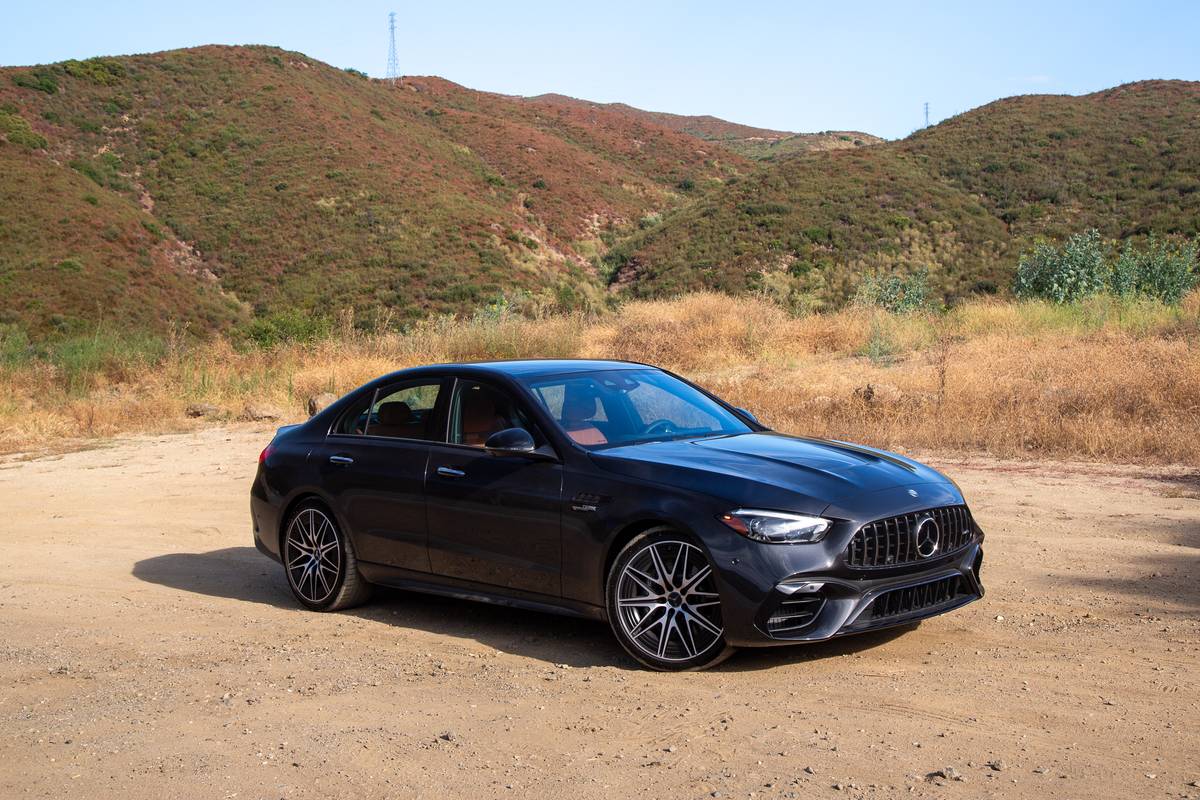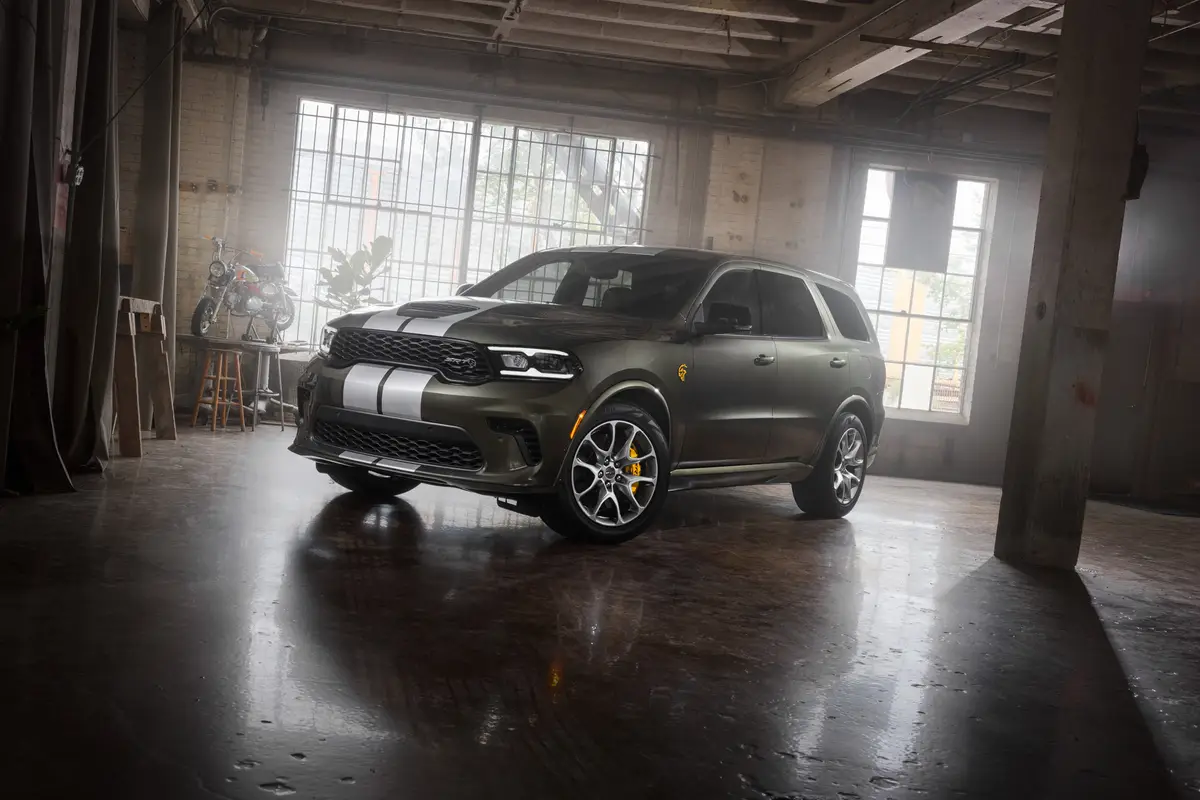AZCentral.com's view
The look is conservative, with placidly rounded contours and Buick’s signature ovoid grille. But look again.
There’s something stealthy about the stance of the Regal GS, from the sporty appearance of its monochromatic front fascia to the chrome tips of its exhaust. The wheels are 16-inch alloys and the tires are fat.
The overall effect is hardly aggressive, though, more like a friendly uncle dressed up for touch football. But despite its mainstream styling, the Regal GS does deliver something extra for drivers who want the traditional character of a Buick but the driving characteristics of something with a bit more spark.
The supercharged engine helps. With the addition of a belt-driven air pump forcing the fuel-air mixture into the V-6 engine under pressure, the GS can get up and run.
This is the same 240-horse mill found in the bigger Park Avenue Ultra, where it pulls with some muscle, though the heavy cruiser is not what you’d call quick.
In the Regal, it’s a different story. The smaller, tighter sedan is fast and responsive. Open it up on a freeway ramp, and the engine sets up a raucous howl as the Regal shoots forward. The engine tone is harsh, but the effect is sweet. The gas mileage is decent, though premium is required.
The automatic transmission works well enough, but it would be nice to have a shift-it-yourself feature as so many other manufacturers include in their sportier cars.
The “grand touring” suspension in the GS is firm, though not nearly as tight as the Pontiac Grand Prix, which uses the same chassis. Cornering is soft with some body sway, but that just serves to remind that Regal is a cushy, near-luxury car, not a European sport sedan.
The standard-issue Regal is the LS, a chrome-encrusted barge more in keeping with Buick’s post-middle-age image. The LS lacks supercharging, so its V-6 puts out about 200 horsepower, certainly not sluggish but without the muscle of the GS.
Pricing for the well-equipped LS starts at $23,445.
The sharp GS interior is blessedly void of fake-wood trim, opting instead for a clean, modern look. The dashboard is attractively curved to echo the shape of the exterior.
The body styling is nicely rendered, with a solid feel of quality, but the overall effect is bland and forgettable. I had hoped that the late, lamented Riviera coupe, with its cool concept-car styling, would lead to a more interesting Buick look. But all the current models share the same tame appearance.
Here’s a word about the Monsoon stereo system: awesome. Even my 16-year-old son was impressed by the thundering bass response.
Oddly, the stereo was part of an Olympic package, a $1,915 option that included such nifty items as steering-wheel radio controls (which I always seem to hit accidentally when some favorite tune is playing, switching the channel); “electrochromatic” mirrors; a power passenger seat so your buddy won’t get jealous of the power driver seat ; sunroof; and an appearance package composed of Olympic logos scattered about.
Otherwise, the GS comes standard with all the electronic goodies and convenience features that anyone could desire, including GM’s Onstar communications system for highway emergencies and other services.
Buick has made a good name for itself in terms of quality and reliability, though it still labors under a geriatric image, even in the Regal’s supercharged, Olympic-enhanced version. The Regal is certainly the sportiest of the Buicks, though it’s not likely to lure anyone out of a BMW.
Sadly, sister division Oldsmobile, which was on its way to becoming General Motors’ import fighter, is going down for the count. Hopefully, GM will see the wisdom of blending some of Olds’ stylish, good-driving cars into Buick’s future offerings.
Latest news



